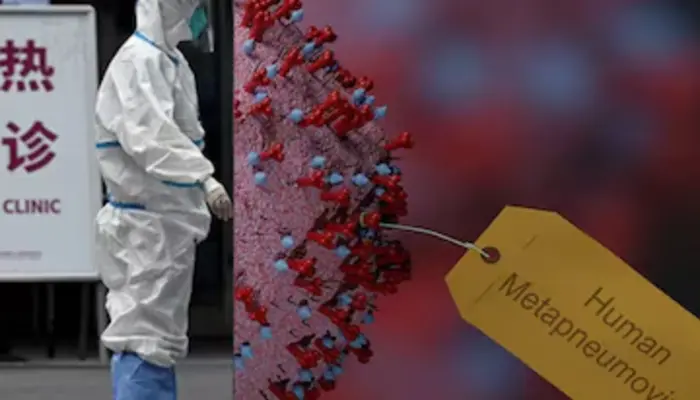An outbreak of Human Metapneumovirus (HMPV) in China has drawn global attention, raising concerns about its potential spread. HMPV, a respiratory virus, shares similarities with COVID-19 in its symptoms and transmission methods, but it is not a new discovery. First identified in 2001, this virus has existed for decades. Amidst growing fears, here’s what we know about HMPV, its impact, and precautions.
What is Human Metapneumovirus?
Human Metapneumovirus (HMPV) is a respiratory virus that causes infections in the upper and lower respiratory tracts, similar to the flu or a common cold. The virus is seasonal, typically peaking in late winter and early spring, much like Respiratory Syncytial Virus (RSV). It can affect people of all ages, with young children, older adults, and those with weakened immune systems at higher risk.
Is HMPV a New Virus?
No, HMPV is not new. It was first discovered in 2001, though evidence suggests it has been circulating since at least 1958. It belongs to the Pneumoviridae family, alongside RSV. Despite its long existence, outbreaks like the one in China emphasize the need for better awareness and monitoring.
How is HMPV Similar to COVID-19?
HMPV and the SARS-CoV-2 virus (which causes COVID-19) share several similarities:
- Respiratory Symptoms: Both viruses cause symptoms like cough, fever, nasal congestion, and shortness of breath.
- Transmission: Both spread through respiratory droplets, close contact, and touching contaminated surfaces, followed by touching the face.
- Seasonality: HMPV and COVID-19 exhibit seasonal patterns. HMPV infections typically peak during colder months, much like COVID-19.
Despite these similarities, HMPV is less severe than COVID-19 and has been part of the respiratory virus landscape for decades.
How Does HMPV Spread?
HMPV spreads primarily through respiratory droplets from coughing and sneezing. Close contact with infected individuals or touching contaminated surfaces and then the eyes, nose, or mouth can also lead to infection.
Read: Arrest Warrant Issued Against Former Bangladesh PM Sheikh Hasina
Is There a Vaccine for HMPV?
Currently, no vaccine exists for HMPV, nor is antiviral treatment recommended. Prevention focuses on hygiene and reducing contact with infected individuals. Measures include:
- Frequent handwashing with soap and water for at least 20 seconds.
- Avoiding touching the face with unwashed hands.
- Covering the mouth and nose when coughing or sneezing.
- Avoiding sharing cups and utensils.
Should India Be Worried?
Indian health officials have reassured the public that there is no cause for alarm. Dr. Atul Goel, Director-General of Health Services, stated that respiratory outbreaks in India remain stable, and hospitals are equipped to handle seasonal infections. General precautions like isolating those with cold-like symptoms and maintaining good hygiene are encouraged.
Dr. Arjun Dang emphasized the importance of Polymerase Chain Reaction (PCR) testing for accurate diagnosis. While the Ministry of Health monitors the situation in China and liaises with the World Health Organization (WHO) for updates, officials remain confident in India’s preparedness.
Global Response and Outlook
As China deals with the HMPV outbreak, its government assures that infections are less severe than in previous years. With timely precautions and monitoring, experts believe the virus’s impact can be managed effectively. For now, vigilance and hygiene remain key to preventing its spread.
Follow us on Google News, Instagram, YouTube, Facebook,Whats App, and TikTok for latest updates
